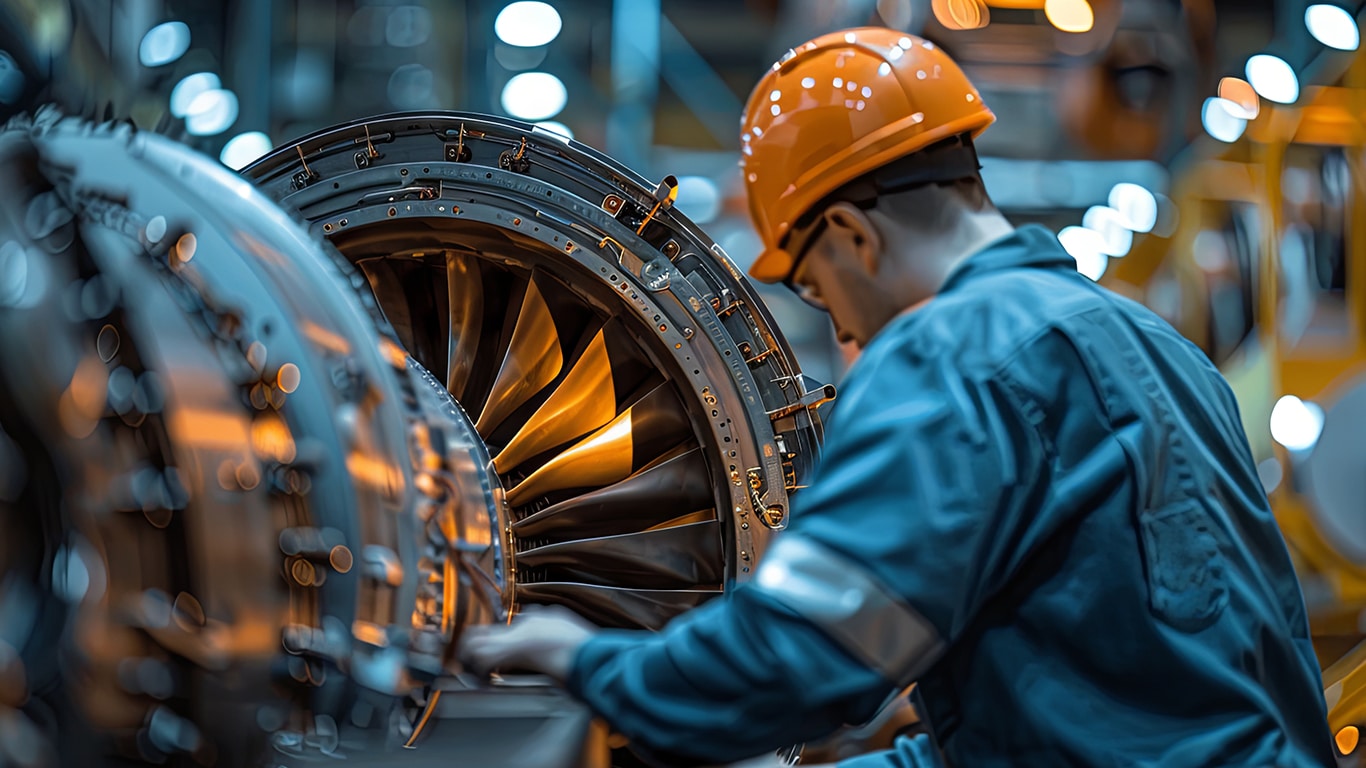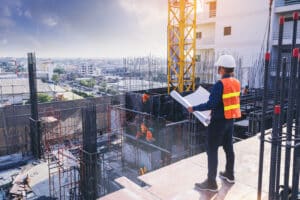The global aerospace industry invests billions of dollars in research and development each year, driving groundbreaking advancements in technology and innovation. This massive investment underscores the industry's commitment to pushing the boundaries of what is possible in aviation and space exploration.
One way aerospace companies can offset these substantial R&D costs is through R&D tax credits. These credits provide significant financial incentives for companies to continue innovating, ensuring that the aerospace industry remains at the forefront of technological advancements.

The Importance of R&D in Aerospace
Innovation is a constant in the aerospace industry. Companies are always working on new aircraft designs, advanced material analysis, improved avionics and more efficient propulsion systems.
However, these innovations come with high costs and significant risks. Research and development in aerospace often require substantial investments in technology, skilled personnel and testing facilities. This is where R&D tax credits become invaluable, providing a financial cushion that allows companies to pursue ambitious projects without bearing the full brunt of the costs.
What Qualifies as R&D?
R&D tax credits can be applied to a wide range of activities within the aerospace sector. Here are some examples:
- Developing new aircraft models—creating new designs that improve performance, fuel efficiency and passenger comfort
- Improving fuel efficiency and reducing emissions—research into alternative fuels, aerodynamic enhancements and weight reduction technologies
- Advancing avionics and autonomous systems—developing sophisticated navigation, communication and control systems that enhance safety and efficiency
- Innovations in space exploration technologies—research on propulsion systems, materials for spacecraft and technologies for deep space exploration
- see expanded list here
To qualify for R&D tax credits, companies must identify and document their qualified research activities (QRAs) and qualified research expenses (QREs). QRAs can include developing prototypes, conducting testing and validation, and engineering new solutions. QREs typically cover wages for research personnel, supplies used in research, and contract research expenses..
Steps to Claim R&D Tax Credits
1. Documentation
Aerospace companies must meticulously track their research activities and expenses. This includes maintaining detailed project records, such as design schematics, test results and technical reports. Proper documentation ensures that all eligible activities and expenses are accounted for, making the claim process smoother and more accurate.
2. Calculation
The next step is to calculate the base amount of the R&D tax credits. This can be done using either the regular credit method or the alternative simplified credit (ASC) method. The regular credit method compares current year research expenses to a base period of gross receipts, while the ASC method provides a more straightforward calculation based on a percentage compared to the prior three years' research expenses. Aerospace companies often work with tax professionals to determine the most advantageous method.
3. Filing
Finally, companies need to file Form 6765 to claim federal R&D tax credits. Additionally, they should explore state-specific R&D tax credit programs, which can provide further financial benefits.
Conclusion
R&D tax credits play a crucial role in supporting innovation within the aerospace industry. By offsetting a portion of R&D costs, these credits enable companies to continue pushing the boundaries of technology and innovation.
It's worth noting that hugely successful aerospace companies like Boeing and Lockheed Martin have leveraged federal R&D tax credits to fuel their groundbreaking projects. If these industry leaders are capitalizing on these financial incentives, your company should too.
For expert guidance on maximizing R&D tax credits, contact Engineered Tax Services. Our team of specialists is ready to help you navigate the complexities of the claim process and ensure you receive the full benefits of these valuable incentives.



